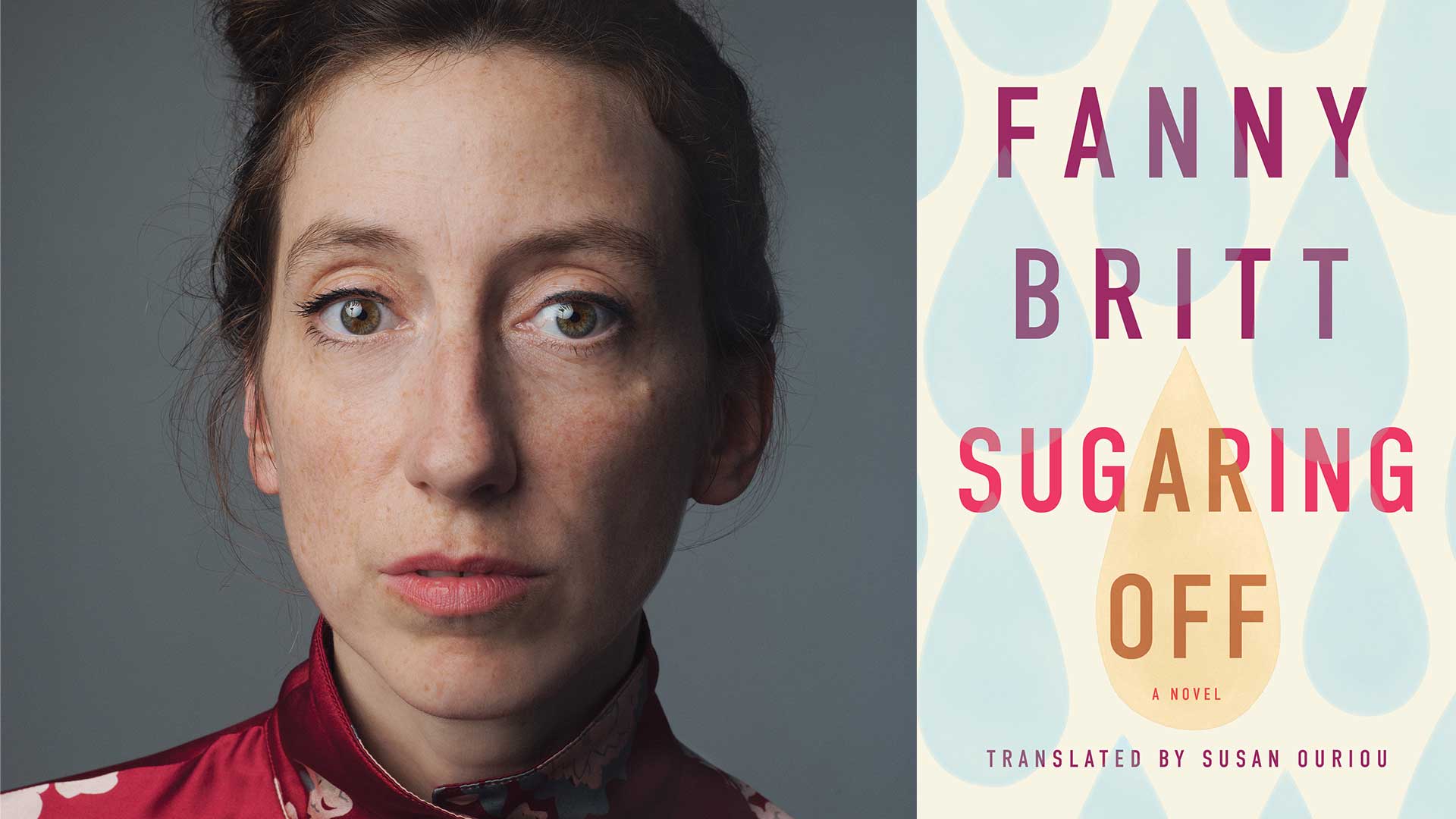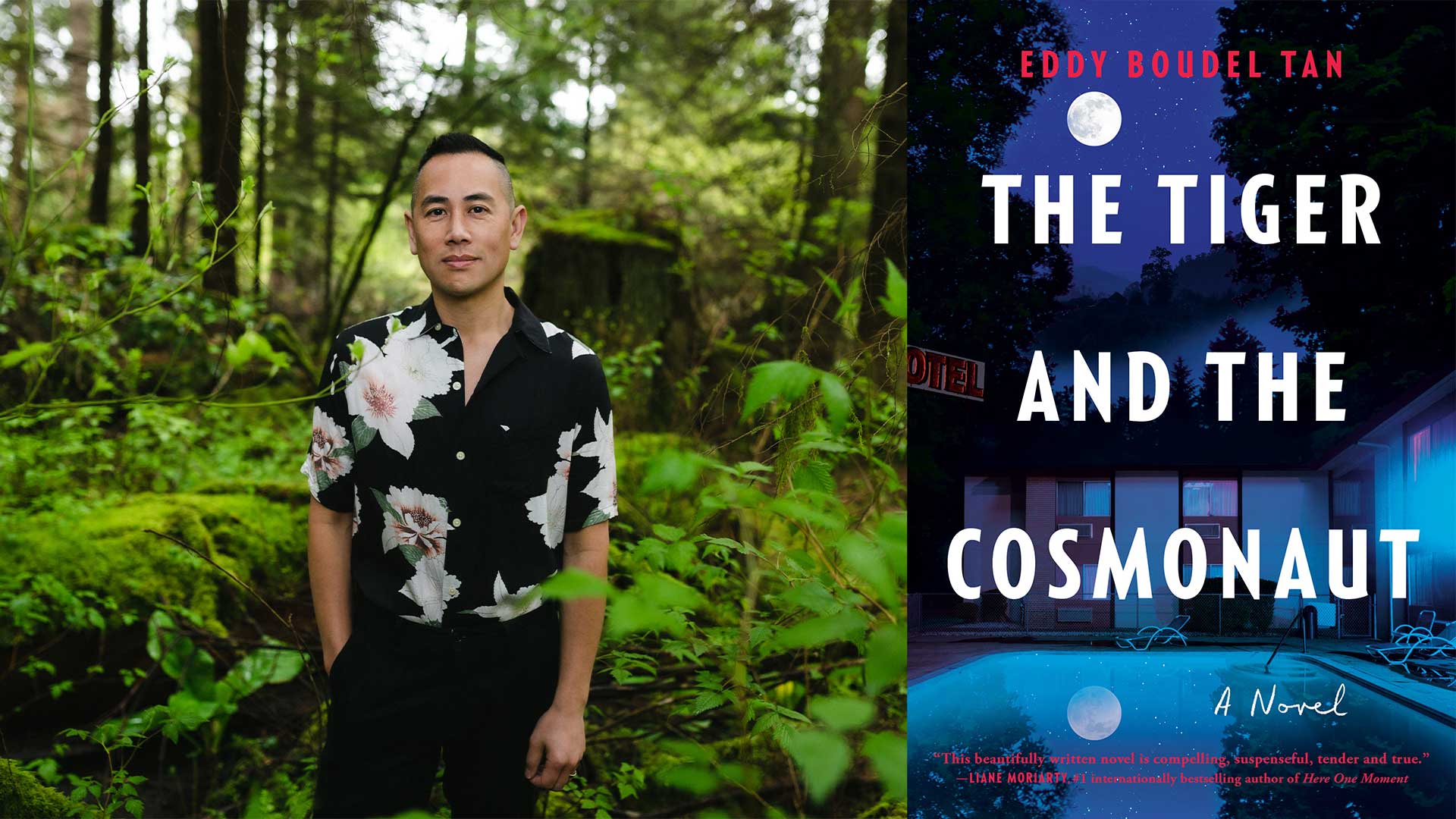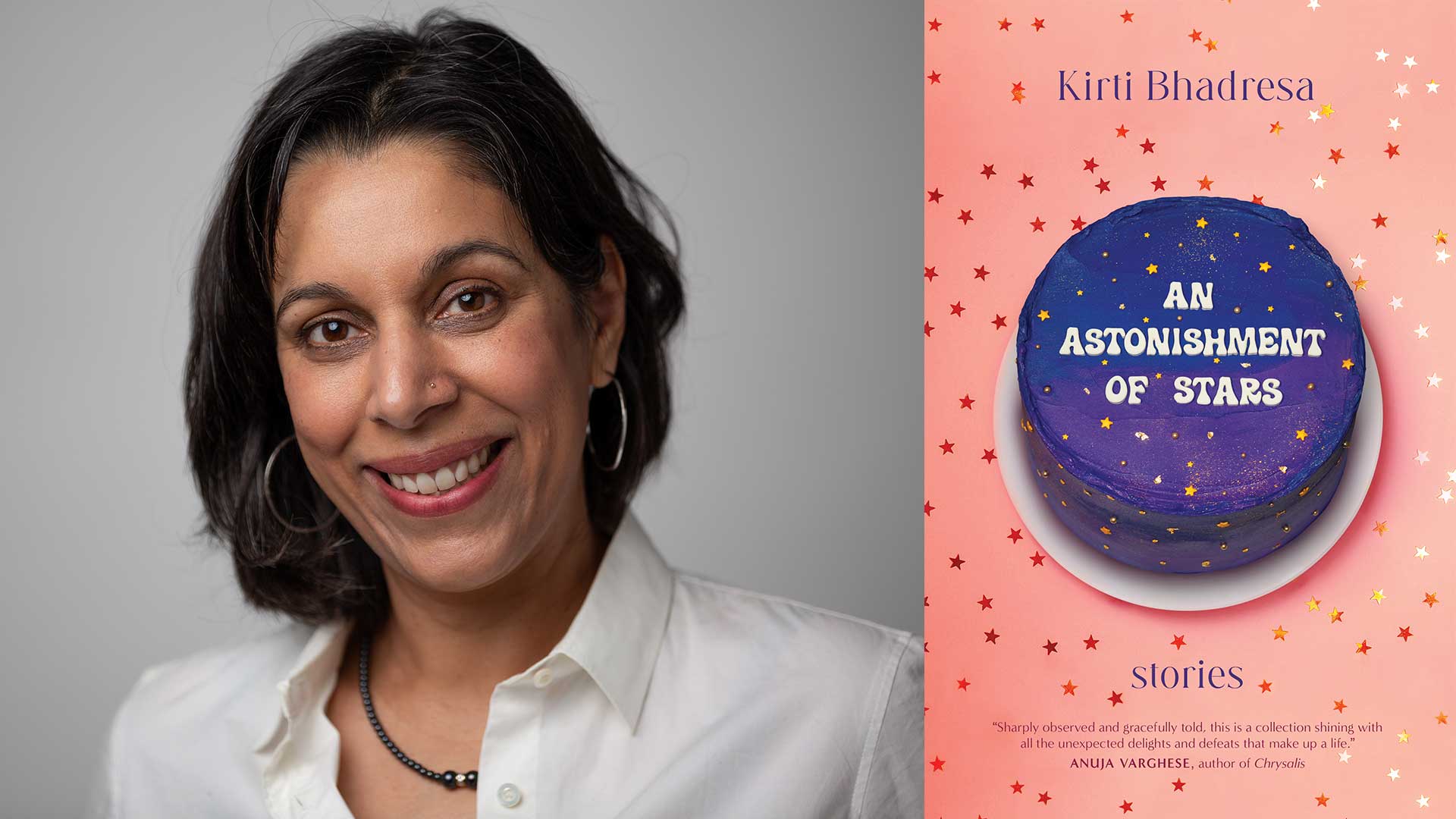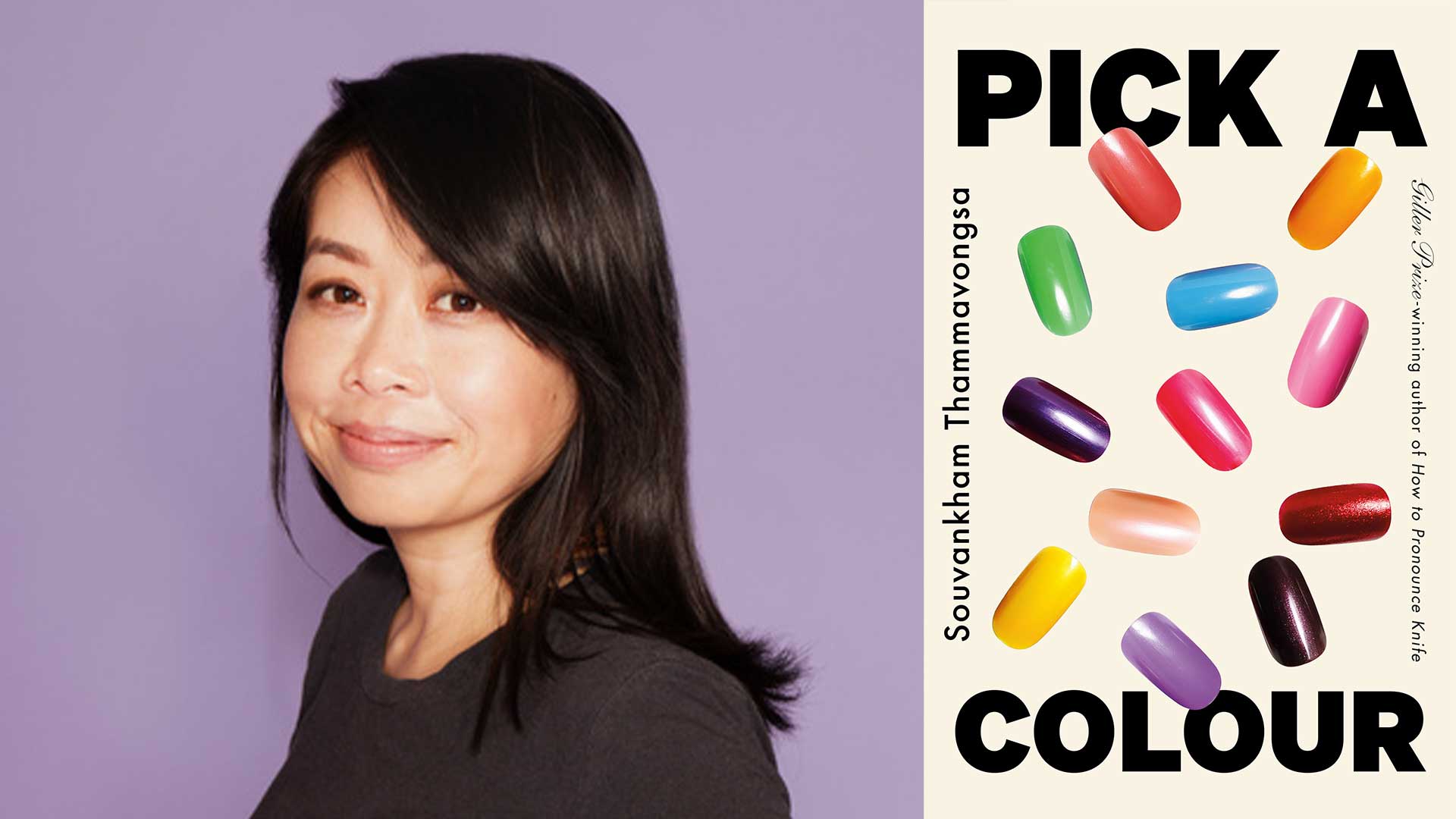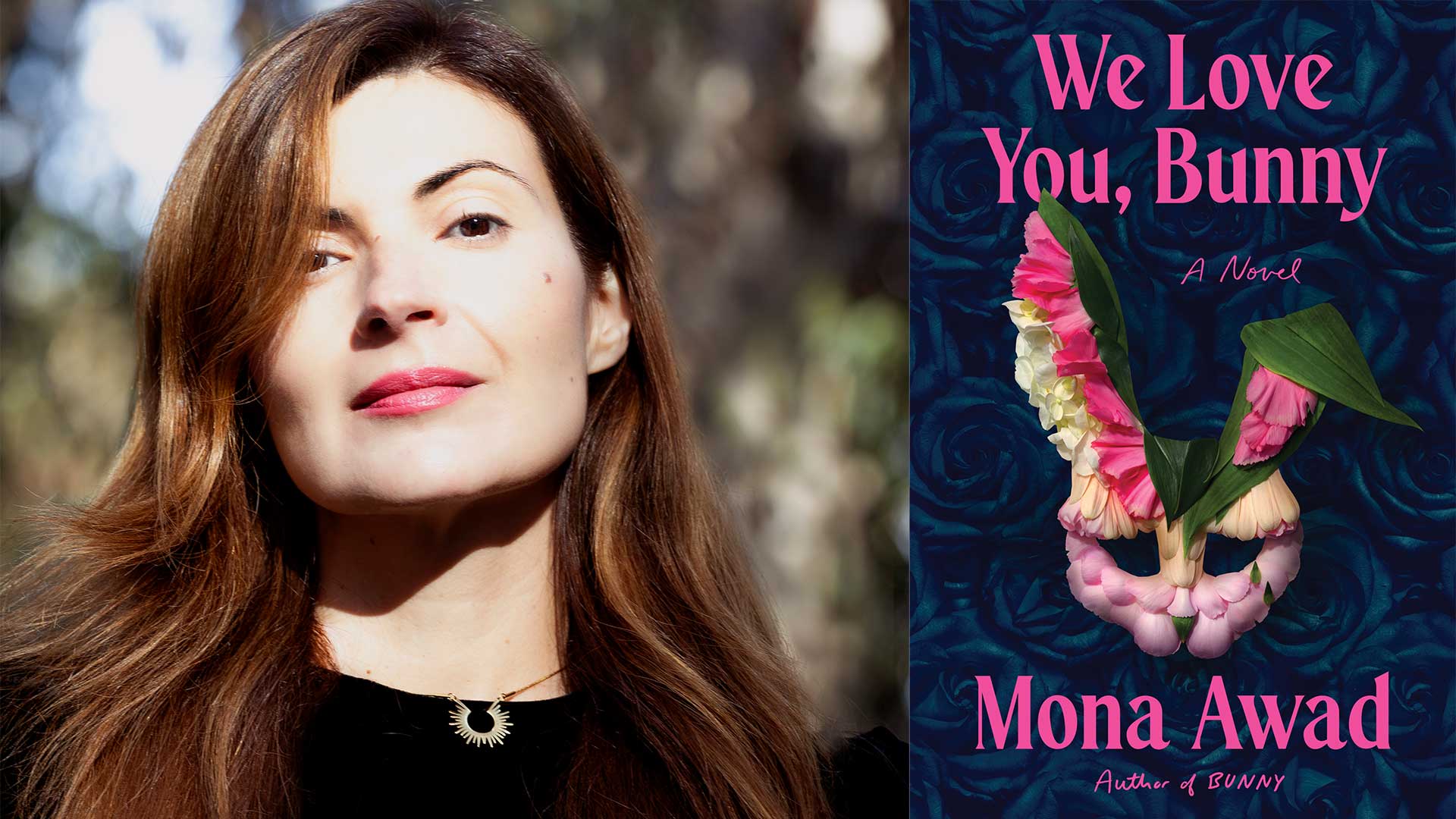
Giller Spotlight: Mona Awad
Mona Awad’s novel, We Love You, Bunny, has been longlisted for the 2025 Giller Prize.
Mona is the bestselling author of the novels Rouge, All’s Well, Bunny, and 13 Ways of Looking at a Fat Girl. She is a three-time finalist for a Goodreads Choice Award, the recipient of an Amazon Best First Novel Award, and she was shortlisted for the Giller Prize. Bunny was a finalist for a New England Book Award and was named a Best Book of 2019 by Time, Vogue, and the New York Public Library. It is currently being developed for film with Bad Robot Productions. Rouge is being adapted for film by Fremantle and Sinestra. Margaret Atwood named Awad her literary heir in The New York Times’s T Magazine. She teaches fiction in the creative writing program at Syracuse University and is based in Boston.
What’s the first piece of writing you had published?
A drunken, existential review of summer wines for Maisonneuve magazine in Montreal.
When did you first come up with the idea for your book?
After I wrote Bunny, I missed the world of it profoundly. I always longed to return. I knew there was more I wanted to say about the life of a story and what we owe that life. About who gets to tell stories. About the relationship between creation and creators, loneliness and the imagination. There was a lot too, that I wanted to say about how profoundly our fictions can reveal us. I missed the Bunnies. I found myself longing to enter their heads, to walk around this world in their clicking shoes. What truths would I uncover?
Which authors or books inspired your book?
Mary Shelley’s Frankenstein was very influential as I wanted to explore the relationship between creator and creation. And I love the structure of the book: multiple narrators, shifting audiences, a point of view from both the creation and the creator, each of which undermines or subverts or sheds new light on the other. Jane Eyre was also a source text, as I wanted the narration of this book to feel very intimate. Finally, I wanted my creation, the bunny boy, to be innocent and playful but dangerous. For his voice, I drew from children’s literature like Watership Down, and the Wind in the Willows as well as more sinister narrations like A Clockwork Orange.
What advice would you have for someone struggling to make time to write?
Take one hour every day, preferably at the same time of day, and just give yourself over to it with no expectations.
Why is it important for Canadians to read books by Canadian authors?
Because there is so much great literature here.
What’s the last great book you read by a Canadian author?
A reread of Armies of the Moon by Gwendolyn MacEwan, my favorite poet. It’s a terrific volume of poems and hearing Gwendolyn read it is so moving. I had a recorded version of this book and I listened to it constantly. She had an incredible ear.
When did you know you wanted to be a writer?
When I was around 10 years old. I read a creative piece I’d written aloud to my class, and I remember the sudden freedom and excitement and power I felt.
Did anything surprise you when writing your longlisted book?
I was deeply surprised at every moment. But perhaps the greatest surprise was the story of the creation. He felt like a gift. The ending shocked me too.
Who’s your favourite character in your longlisted book and why?
My favorite character is Aerius, a bunny boy named after a Canadian allergy medication. I love him because he’s an alien consciousness, and as such, he offers a completely distinctive and new way to see the world. He allowed me to see my creators and the act of creation in an entirely new way as well.
How many drafts did you go through when writing your book?
I believe I went through three. I always write the first draft fairly quickly because I’m trying to capture the energy of a voice and the shape of a story. The second draft is about expanding and layering, making the characters as dimensional as possible and making the world as vivid as I can while also moving through any plot issues. The third draft is usually about sharpening and cutting.
Share this article
Follow us
Important Dates
- Submission Deadline 1:
February 14, 2025 - Submission Deadline 2:
April 17, 2025 - Submission Deadline 3:
June 20, 2025 - Submission Deadline 4:
August 15, 2025 - Longlist Announcement:
September 15, 2025 - Shortlist Announcement:
October 6, 2025 - Winner Announcement:
November 17, 2025

